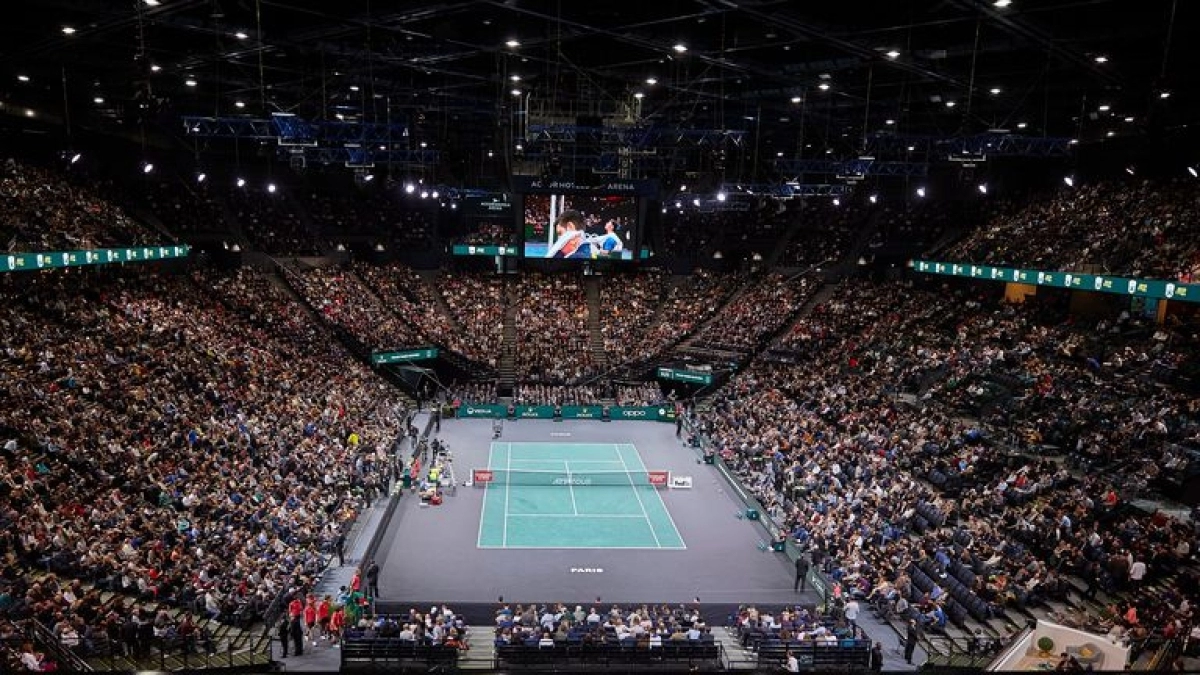
Several generations of tennis players and fans grew up watching how the nine Masters 1000 events turned into a spectacle, with maximum demand from the very first match. The ATP restructuring by implementing an extended version in most tournaments has decreased competitiveness in initial rounds and prolonged the duration of the tournaments, leading to significant changes. What is the best option?
Squeezing the goose that lays the golden eggs seems to be the maxim that governs human behavior in almost every aspect of life, and tennis is no exception. Since the establishment of the ATP calendar as we know it today in 1990, with the staging of 9 Masters 1000 tournaments, we enjoyed a golden era where participating in such a category tournament was a huge privilege, making the demand monumental. While it is true that Indian Wells and Miami had larger draws, this was explained by their place in the calendar and many distinctive aspects, giving that month a special appeal because of its uniqueness.
Consecutive days competing against the world's best, debuts against players already ranked in the top 50, no days of rest between matches... There were many ingredients that made these endangered events a joy to behold. By 2025, only the Monte Carlo and Paris tournaments will maintain the format of 56 players in a 64-space draw, with a first-round bye for the top eight players. The rest of the Masters 1000 have followed the trend of stretching things out, promoting the entry of 96 players, spanning two weeks, and reducing the level in initial rounds.
- By 2025, only Monte Carlo and Paris will be played in the traditional Masters 1000 format.
The media attention of these major tournaments and the need to allow more players access to the prize money distributed motivated this decision by the ATP. There are advantages and disadvantages to it, but many fans mourn the near extinction of the traditional format, which garnered significant attention during specific days, contrasting with the casual approach of the extended version of the Masters 1000.
An uncertain future looms for the Monte Carlo and Paris tournaments, whose growth limitations are noticeable due to the facilities and context in which they are held. The glorious history of both events greatly reduces the possibility of their disappearance, but they run the risk of becoming increasingly isolated remnants of a bygone tennis era, in a future driven by voracious economic ambitions where Saudi Arabia aims to enter as a key player by organizing a tenth Masters 1000. Which format do you prefer?
This news is an automatic translation. You can read the original news, La magia de los Masters 1000 de una semana que genera nostalgia en los aficionados


















